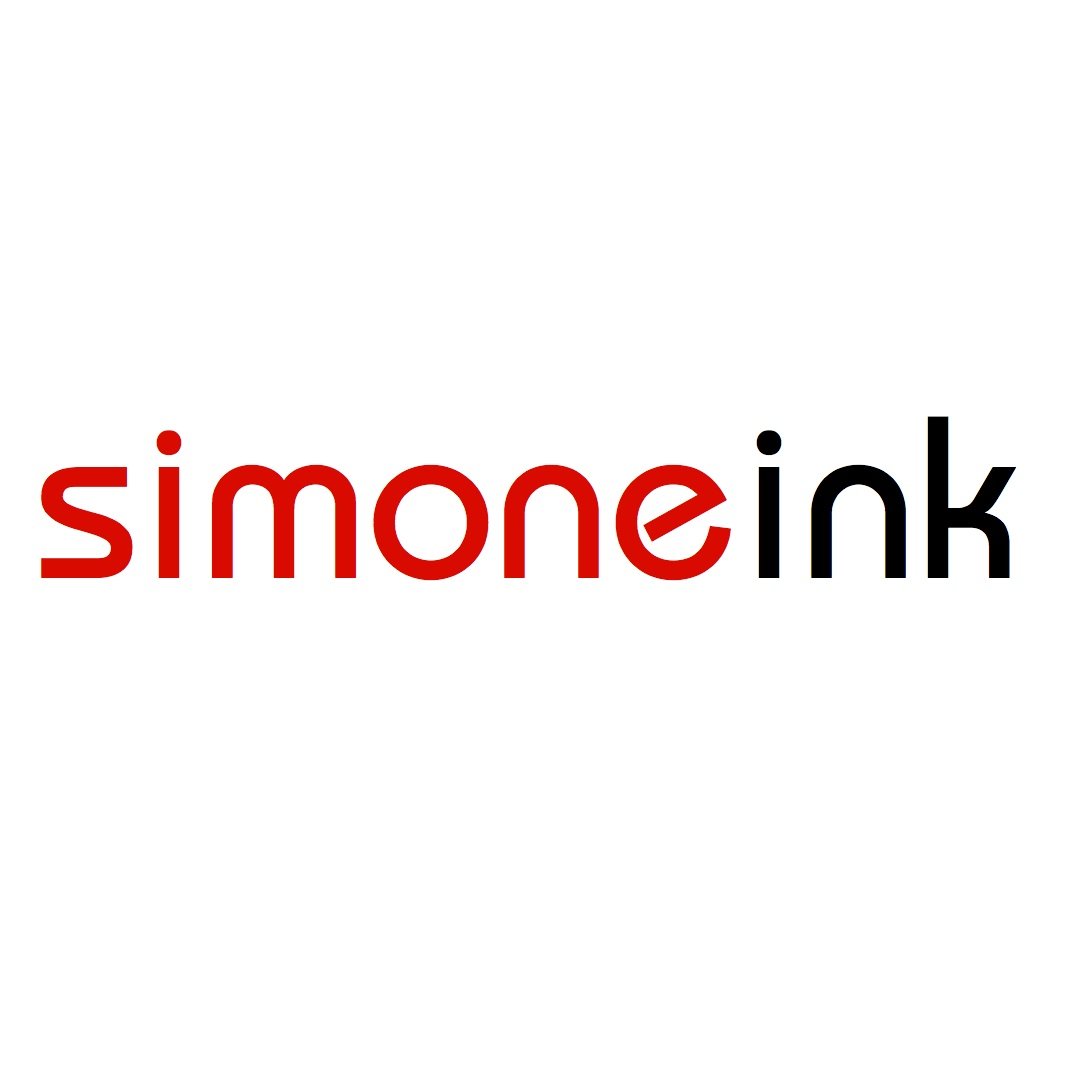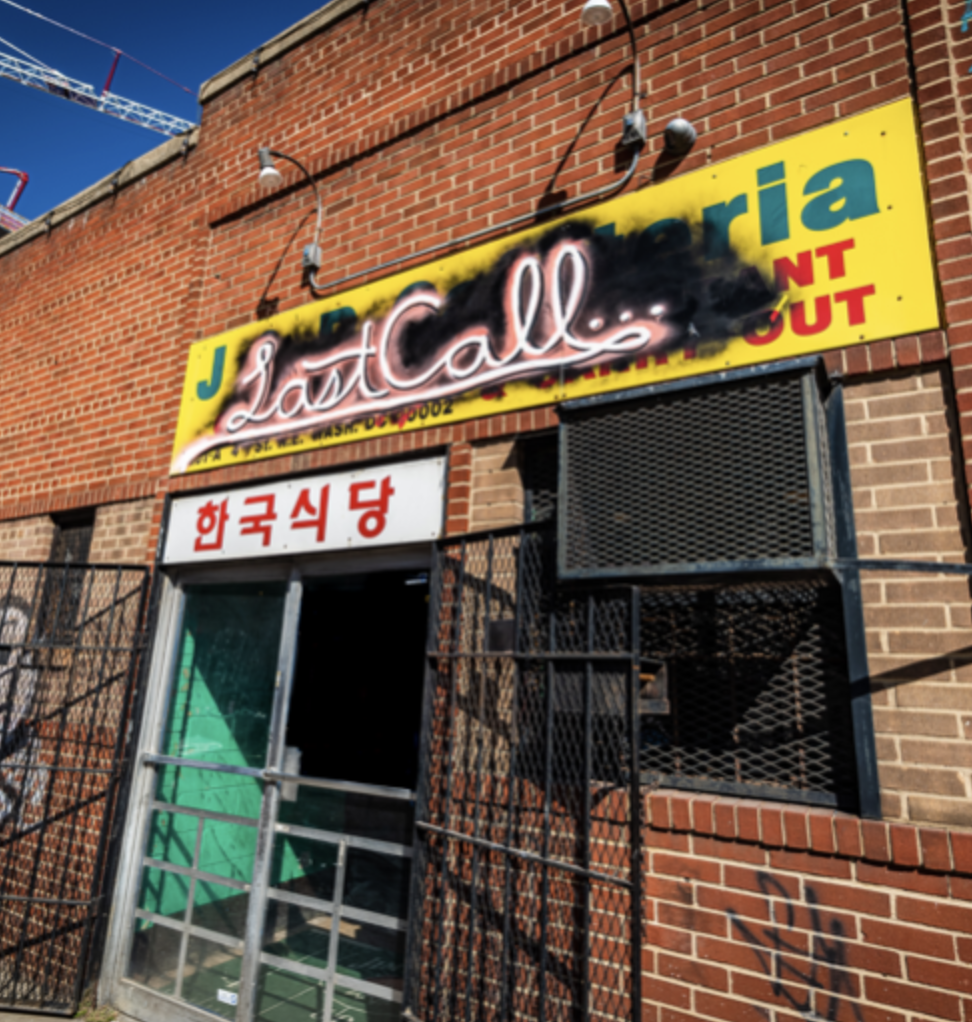As one of the few cities with an official cocktail, Washington, DC, has always had a vivid spirits history, dating back to the late 19th century with the Bourbon Rickey, which ultimately became the infamous Gin Rickey. DC’s spirit savant, Gina Chersevani, is paying tribute to the original DC drink at her restaurants and bars – Buffalo & Bergen, Suburbia, and Last Call Bar – and continuing the legacy of the Rickey. But of course, defying the rules breeds creativity, which is a trait of Chersevani. She does not sway from the character and history, evident in her drinks which focus of the evolution of flavor and taste. At Last Call, the Georgie’s Rickey incorporates Woodford Reserve, Lime Juice, Raw Dark-Brown Sugar, Curry Cherries, Soda Water, and MicroBasil. And, at Suburbia, the Cherry Tree is a frozen Cherry Gin Rickey – the perfect summertime sip.
Factoid: It all began at a Saloon on Rum Row, DC’s drinking hub. Col. Joseph Rickey, a Democratic lobbyist who frequented the popular political hangout, Shoomaker’s Bar – just steps away from the White House – had a hankering for something refreshing and balanced. A bartender added lime juice to Rickey’s usual highball of Bourbon and Carbonated Water, and with one squeeze, the Bourbon Rickey was born. The invigorating cocktail became popular worldwide, over time imbibers gravitated toward substituting Bourbon with Gin, given the spirit’s natural herbaceous flavor and ability to pair well with lime and sparkling water. The Gin Rickey was consistently popular for decades, even showing up in F. Scott Fitzgerald’s 1925 novel The Great Gatsby, in which a tray of Rickeys were served to visiting friends. More than 100 years after its inception, the Rickey was declared Washington D.C.’s official cocktail – an apt antidote for the DC summer heat.
Not long after the creation of the beloved drink, the history of drinking in the nation’s capital became riddled with secrets and scandals. While Prohibition became the law of the land in 1920, DC was already the model for the states to follow – having been declared a dry city almost three years earlier on November 1, 1917. Immediately following was a movement of disregard for the rules. Washington, DC, is said to have been home to more than 3,000 speakeasies with bootleggers supplying social clubs with rum and grain alcohol. Go figure – even politicians were dabbling under the radar.
The District’s cocktail culture is rich with flavor, and Chersevani's Last Call Bar is no exception. It is believed that its building once housed one of the initial speakeasies. During Prohibition, the green painted door – remaining at Last Call Bar’s entrance today – was a telltale sign that it was safe to indulge in whatever was being poured, especially the Gin Rickey. Chersevani’s establishment is an homage to the underground, old-style bars with inexpensive drinks, dim lighting, shabby or dated decor, vintage neon signs, and a local clientele. Set in a converted brick building, it’s hidden from the main road behind warehouses and storefronts of various suppliers.



